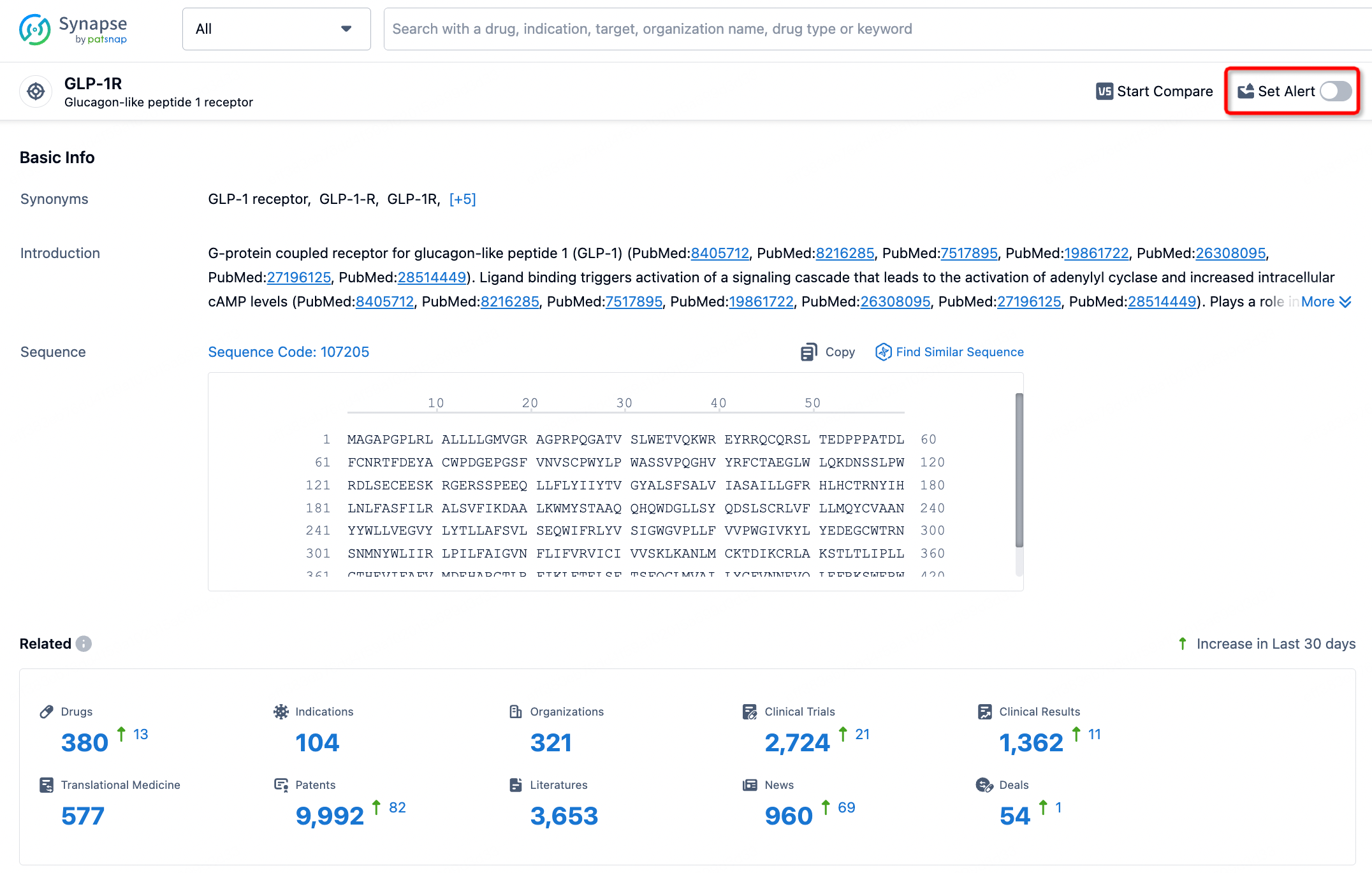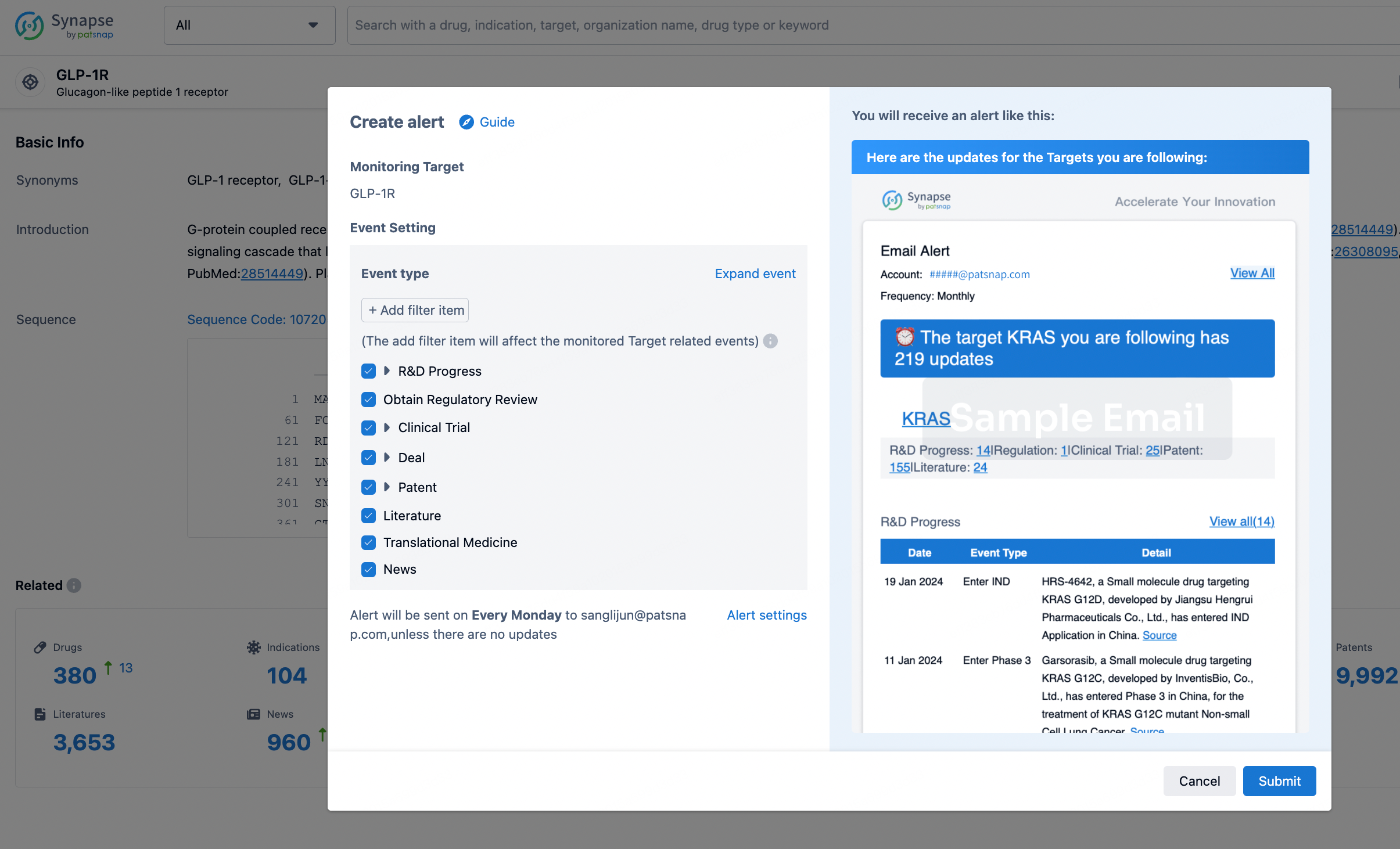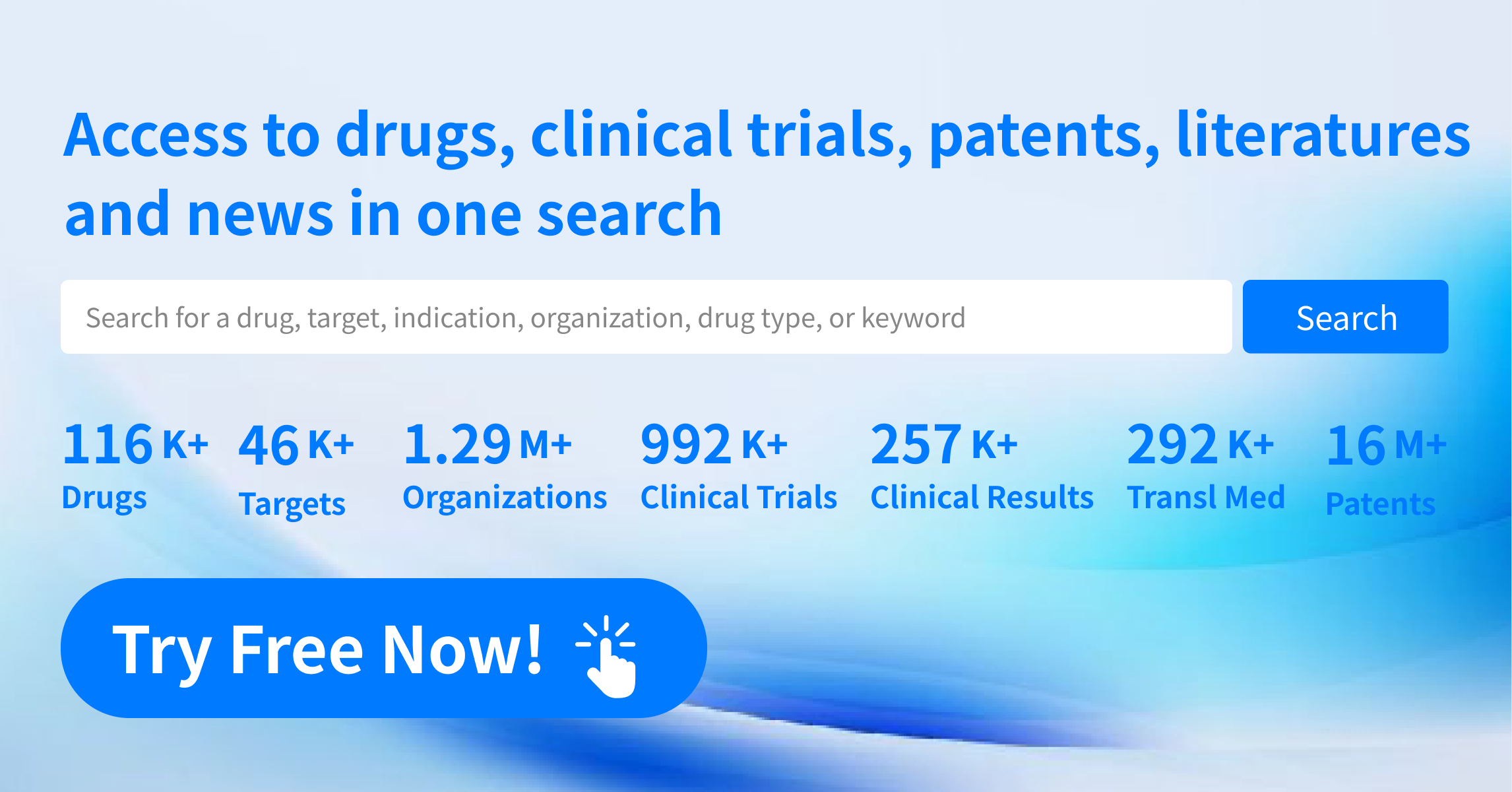Request Demo
What are AT2R antagonists and how do they work?
21 June 2024
In recent years, the field of pharmacology has witnessed substantial advancements, particularly in the development of receptor-specific drugs. One such area of interest is the exploration and application of AT2R antagonists. This blog post delves into the intricacies of AT2R antagonists, shedding light on their mechanisms, functions, and potential therapeutic uses.
Angiotensin II Type 2 Receptor (AT2R) antagonists are a class of drugs designed to inhibit the action of the AT2 receptor, a specific protein found on the surface of various cell types. The AT2 receptor is one of the two main receptors (the other being AT1R) that bind angiotensin II, a peptide hormone that plays a crucial role in regulating blood pressure, fluid balance, and cardiovascular function. While much of the focus in medical research has traditionally been on angiotensin II type 1 receptor (AT1R) blockers due to their well-documented effects on blood pressure regulation, AT2R has garnered attention for its unique and intricate roles in cellular processes.
AT2R antagonists work by selectively binding to the AT2 receptors, thereby blocking the interaction between these receptors and angiotensin II. This blockade prevents the downstream signaling pathways that are usually triggered when angiotensin II binds to AT2 receptors. Unlike AT1 receptors, which primarily mediate vasoconstriction, aldosterone secretion, and other pro-hypertensive effects, AT2 receptors are believed to counteract some of these actions. They are involved in promoting vasodilation, inhibiting cell proliferation, and inducing apoptosis in certain cell types. By inhibiting these receptors, AT2R antagonists can potentially modulate these pathways differently from AT1R blockers, offering a complementary or alternative approach to managing specific physiological and pathological conditions.
The primary use of AT2R antagonists is still under investigation, with ongoing research aimed at uncovering their full therapeutic potential. However, several promising applications have already been identified. One of the most intriguing areas is in cardiovascular diseases. Given the role of AT2 receptors in promoting vasodilation and preventing abnormal cell growth, AT2R antagonists might help to mitigate certain cardiovascular conditions such as hypertension, heart failure, and ischemic heart disease. Additionally, their potential to induce apoptosis and inhibit cell proliferation suggests a role in cancer treatment. In some cancers, where AT2 receptors are overexpressed, blocking these receptors could slow down or halt tumor growth.
Beyond cardiovascular diseases and cancer, there is also interest in exploring the role of AT2R antagonists in neurodegenerative disorders. AT2 receptors are expressed in the central nervous system and are implicated in neuroprotection. By blocking these receptors, it might be possible to develop new treatments for conditions like Alzheimer's disease, where neuroprotection is a key therapeutic goal. Furthermore, preliminary research indicates that AT2R antagonists could be beneficial in managing fibrosis—excessive tissue scarring that occurs in organs like the liver, kidneys, and lungs. By inhibiting the fibrotic process, these drugs could offer new avenues for treating chronic diseases characterized by tissue fibrosis.
In summary, AT2R antagonists represent a promising frontier in pharmacology, with the potential for wide-ranging applications in cardiovascular, oncological, neurodegenerative, and fibrotic diseases. While much remains to be learned about their full spectrum of effects and optimal therapeutic contexts, ongoing research continues to uncover new insights into their mechanisms and uses. As our understanding of these complex receptors and their antagonists deepens, it is likely that AT2R antagonists will become an integral part of the therapeutic arsenal for several challenging medical conditions.
Angiotensin II Type 2 Receptor (AT2R) antagonists are a class of drugs designed to inhibit the action of the AT2 receptor, a specific protein found on the surface of various cell types. The AT2 receptor is one of the two main receptors (the other being AT1R) that bind angiotensin II, a peptide hormone that plays a crucial role in regulating blood pressure, fluid balance, and cardiovascular function. While much of the focus in medical research has traditionally been on angiotensin II type 1 receptor (AT1R) blockers due to their well-documented effects on blood pressure regulation, AT2R has garnered attention for its unique and intricate roles in cellular processes.
AT2R antagonists work by selectively binding to the AT2 receptors, thereby blocking the interaction between these receptors and angiotensin II. This blockade prevents the downstream signaling pathways that are usually triggered when angiotensin II binds to AT2 receptors. Unlike AT1 receptors, which primarily mediate vasoconstriction, aldosterone secretion, and other pro-hypertensive effects, AT2 receptors are believed to counteract some of these actions. They are involved in promoting vasodilation, inhibiting cell proliferation, and inducing apoptosis in certain cell types. By inhibiting these receptors, AT2R antagonists can potentially modulate these pathways differently from AT1R blockers, offering a complementary or alternative approach to managing specific physiological and pathological conditions.
The primary use of AT2R antagonists is still under investigation, with ongoing research aimed at uncovering their full therapeutic potential. However, several promising applications have already been identified. One of the most intriguing areas is in cardiovascular diseases. Given the role of AT2 receptors in promoting vasodilation and preventing abnormal cell growth, AT2R antagonists might help to mitigate certain cardiovascular conditions such as hypertension, heart failure, and ischemic heart disease. Additionally, their potential to induce apoptosis and inhibit cell proliferation suggests a role in cancer treatment. In some cancers, where AT2 receptors are overexpressed, blocking these receptors could slow down or halt tumor growth.
Beyond cardiovascular diseases and cancer, there is also interest in exploring the role of AT2R antagonists in neurodegenerative disorders. AT2 receptors are expressed in the central nervous system and are implicated in neuroprotection. By blocking these receptors, it might be possible to develop new treatments for conditions like Alzheimer's disease, where neuroprotection is a key therapeutic goal. Furthermore, preliminary research indicates that AT2R antagonists could be beneficial in managing fibrosis—excessive tissue scarring that occurs in organs like the liver, kidneys, and lungs. By inhibiting the fibrotic process, these drugs could offer new avenues for treating chronic diseases characterized by tissue fibrosis.
In summary, AT2R antagonists represent a promising frontier in pharmacology, with the potential for wide-ranging applications in cardiovascular, oncological, neurodegenerative, and fibrotic diseases. While much remains to be learned about their full spectrum of effects and optimal therapeutic contexts, ongoing research continues to uncover new insights into their mechanisms and uses. As our understanding of these complex receptors and their antagonists deepens, it is likely that AT2R antagonists will become an integral part of the therapeutic arsenal for several challenging medical conditions.
How to obtain the latest development progress of all targets?
In the Synapse database, you can stay updated on the latest research and development advances of all targets. This service is accessible anytime and anywhere, with updates available daily or weekly. Use the "Set Alert" function to stay informed. Click on the image below to embark on a brand new journey of drug discovery!
AI Agents Built for Biopharma Breakthroughs
Accelerate discovery. Empower decisions. Transform outcomes.
Get started for free today!
Accelerate Strategic R&D decision making with Synapse, PatSnap’s AI-powered Connected Innovation Intelligence Platform Built for Life Sciences Professionals.
Start your data trial now!
Synapse data is also accessible to external entities via APIs or data packages. Empower better decisions with the latest in pharmaceutical intelligence.


